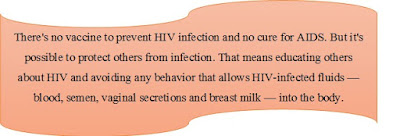When Children Get Neglected

Donate Us This project has come during the right time with great urgency since it is meant to fill in the gap that Parents, teachers and other community members neglected their responsibility in educating their youth about HIV/AIDS prevention . It is urgent since the number of new infections among young people in our areas is increasing daily. The transition made here is base where our youth will have the right knowledge that will empower them in the right actions. That will contribute into the reduction of not only new HIV infections, but also reduction of other sexually transmitted diseases as it fills the knowledge gap created by existence of silence among parents teachers and other community.
